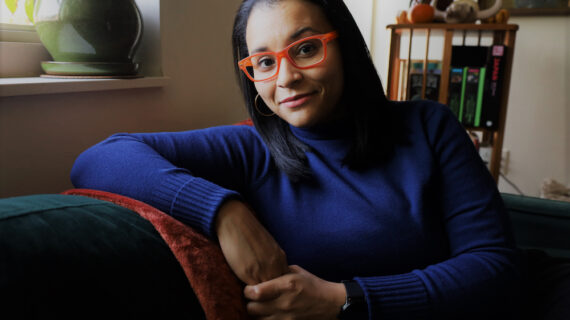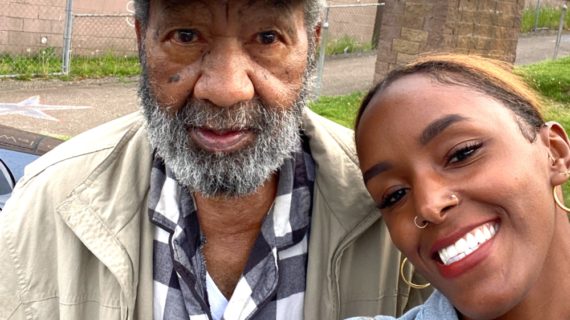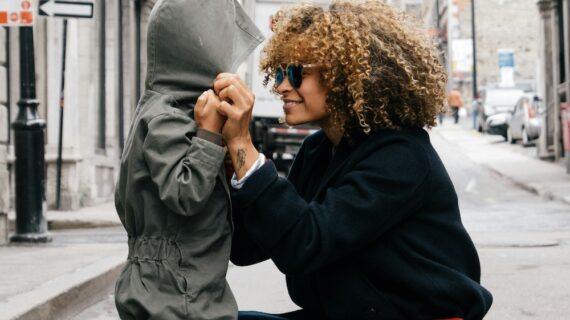
Local therapist helps families with new children’s book, “Where Did You Come From?”
Stephanie Wijkstrom created the Counseling and Wellness Center of Pittsburgh to give adults and families a safe place to tell their stories and build healthier, happier lives. She’s doing this same kind of work with her new children’s book, “Where Did You Come From? A Story about Every Kind of Family.”
The story book, which also serves as a creative workbook, was inspired by her own journey with infertility and raising her twin boys, who were conceived with the help of donor eggs.
Families have so many different kinds of structures, Wijkstrom says, and often parents and other family members are unsure how — or whether — to discuss challenging situations like adoption, divorce or the death of a relative with kids.
As she wrote “Where Did You Come From?,” she says her goal was “to create a space to have intentional conversations about the family and the origin of that family, as well as any situation that may have changed the shape of that family.”
The book follows two characters, Steig and Forest (her sons’ names), as they discover that every family — regardless of its composition — is unique and special. It encourages children to ask questions about their own families, while promoting inclusivity and understanding of diverse family structures. Along with her own background as a licensed therapist, Wijkstrom consulted a range of colleagues to include plenty of insights into fostering curiosity, kindness, and adaptability in children.
Families often have good intentions as they grapple with changes or complicated histories, Wijkstrom says, but they may avoid being transparent with kids. That can lead to big, painful surprises in the years ahead, she says which can create trauma, stress and adjustment issues later in life.
“My drive to create this book to prevent other people from having big surprises,” she says. “I’ve personally experienced a lot of scenarios that come up in this book, and I know very clinically and personally how much could be improved by being sure that we have these conversations.
Reading the book with kids can help parents create a safe place for these conversations.
“Transparency is always the best way to go,” Wijkstrom says. “And the earlier that we have these conversations, the more normalcy that we can bring to the variety of family structures that exist.”
Though it was inspired by her family’s IVF journey, “it also is helpful now, because we’re a family of divorce, and that’s a big change too, that so many families go through,” she says.
“You’ll find many different kinds of families in the story. There are also sections that allow for art to be created, and other narratives to be formed, so that the kids can really express themselves fully in a variety of ways. And then at the end, there are a series of questions for caregivers to talk with the kids to kind of pin down anything that might be lingering for them.”







